Revolving prisons are a hellish invention of the 19th century that has survived to the present day
Categories: Design and Architecture
By Pictolic https://pictolic.com/article/revolving-prisons-are-a-hellish-invention-of-the-19th-century-that-has-survived-to-the-present-day.htmlIt is known that if you are not in a Norwegian prison, then you will not see much comfort and relaxation. But there were places not so remote, the contents of which, even in the age of atomic energy, struck with their medieval cruelty. Revolving prisons were invented at the end of the 19th century and existed almost until the end of the 20th. Today it's hard to believe that such a thing is possible.
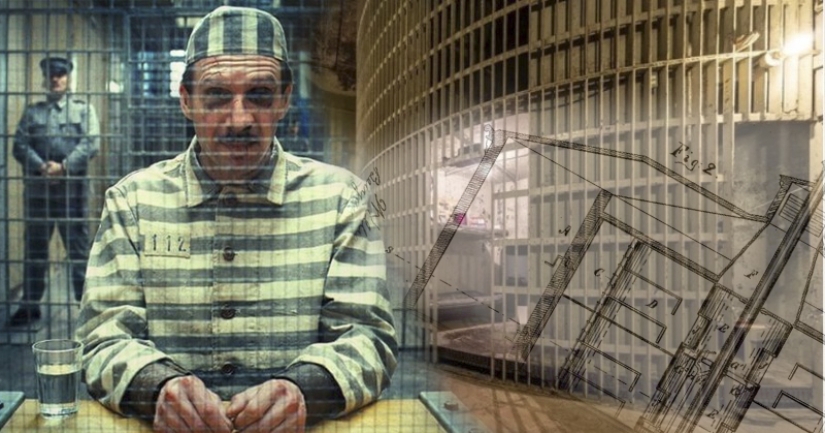
Revolving prisons appeared largely thanks to the English scientist, thinker and humanist of the 18th century Jeremy Bentham. The mummy of this genius can still be seen at University College in London. Bentham dreamed all his life of happiness for people, and as you know, the happiness of one is often built on the troubles of others.
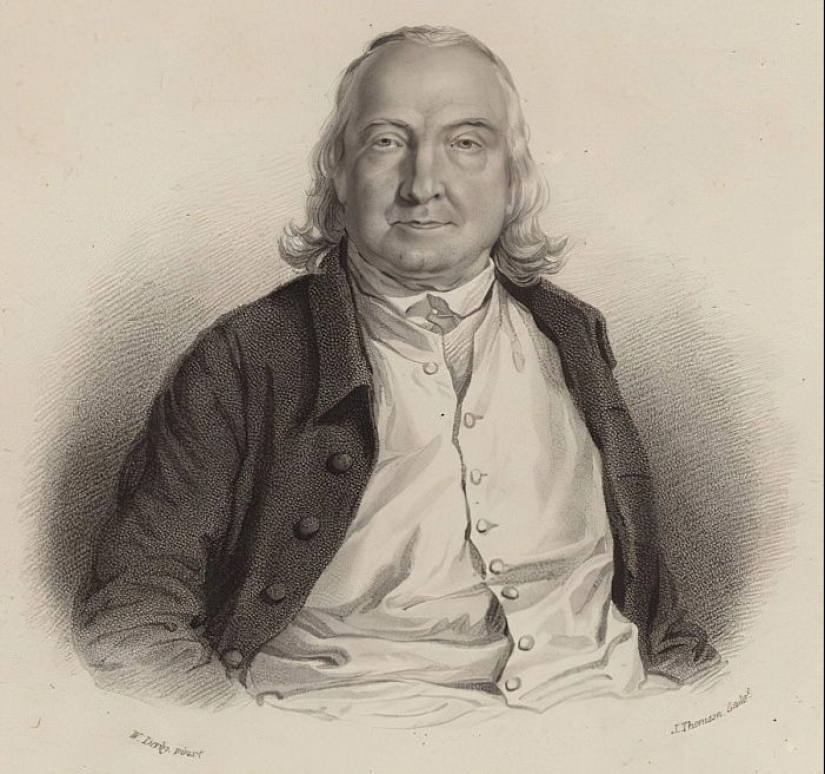
One day Bentham proposed an interesting architectural project — a new type of prison "Panopticon". This institution was supposed to protect English society and the jailers themselves from scoundrels and scoundrels of all stripes. The building looked like a huge arena, the walls of which were divided into cells-chambers. In the center of the spacious room there was a tower with loopholes, in which there was only one guard.
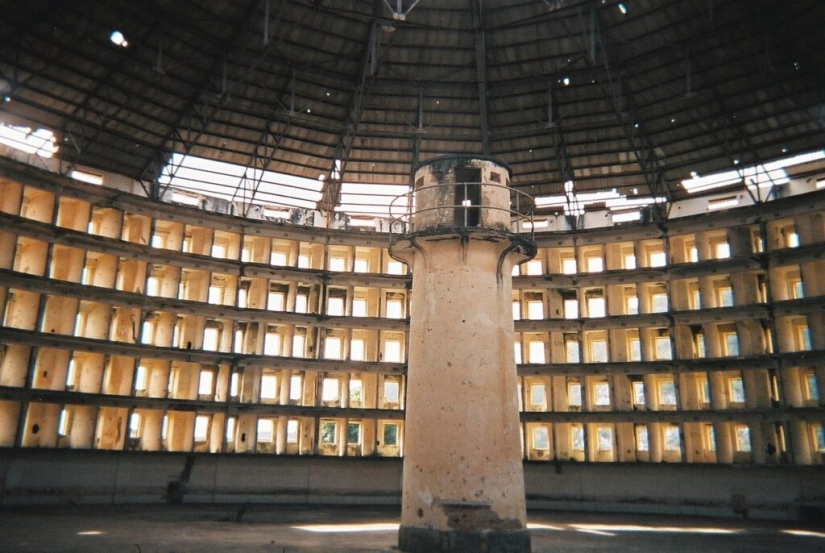
The guard was not visible to the prisoners, but they were in full view, or, if I may, as in a shooting gallery. The guard could not even keep track of his wards, but go to bed – his presence or absence at the post could only be guessed. The Panopticon project was liked by the authorities, and not only by the British. Soon such prisons appeared in different parts of the world. In one of them, under the name "Presidio Modelo", Fidel Castro was imprisoned in Cuba.
But several decades have passed and the "Panopticon" seemed to someone like a sanatorium. They began to look for new, more reliable options. In 1881, the American William Brown introduced an unprecedented format. He proposed the project of a rotating prison, similar to a children's carousel from hell.

It was a circular building ringed with rooms for security. The prisoners were in the center, in a huge drum, divided into sectors-cells. This drum was rotating, so the location of the chambers relative to the walls was constantly changing. This prevented the classic escape plan in the USA with the demolition of the dungeon wall. The prisoner's friends simply could not know where their accomplice was at the moment. Agree, it was not easy to find the "prize" sector in this dangerous "Field of Miracles".
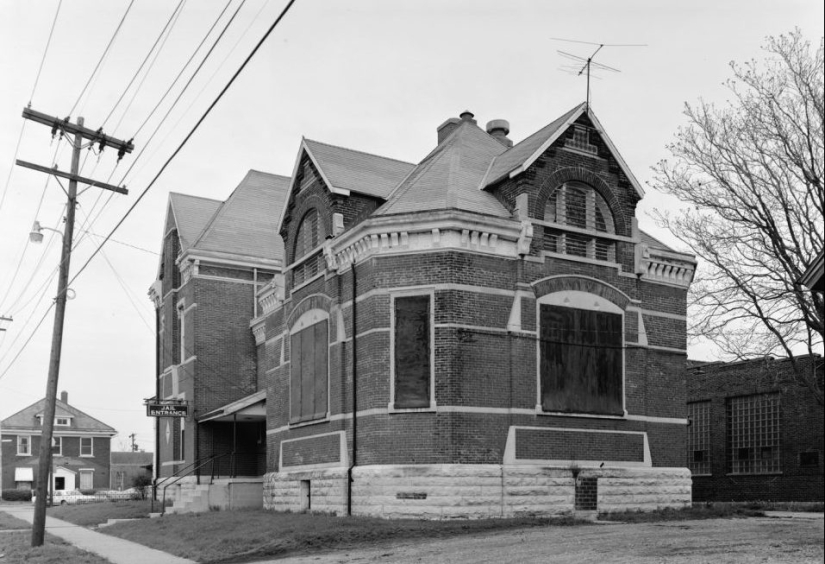
The rotating prison was set in motion by a special mechanism. The cameras were not spinning all the time, but periodically, when it occurred to the guards. This unpredictability often led to injuries. If a prisoner stood at the bars while the cell was moving, leaning on it with his hands, he could be left without fingers, or even without a hand. Fortunately, the guards quickly got tired of setting the mechanism in motion and the prison rotated only when necessary.
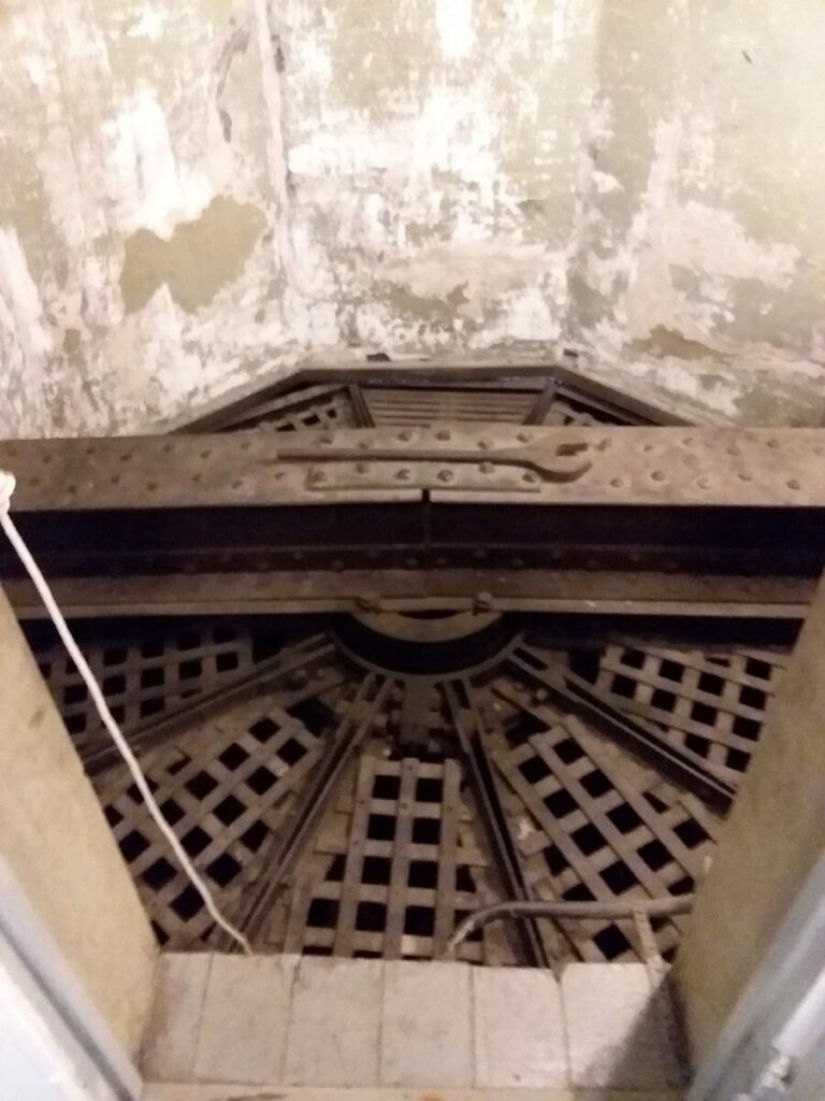
There was only one way out of the inner moving circle. In order to launch the prisoner or, conversely, release him, it was necessary to activate the "carousel" and put the necessary camera in front of the door. The criminals couldn't do it, which had both pros and cons.
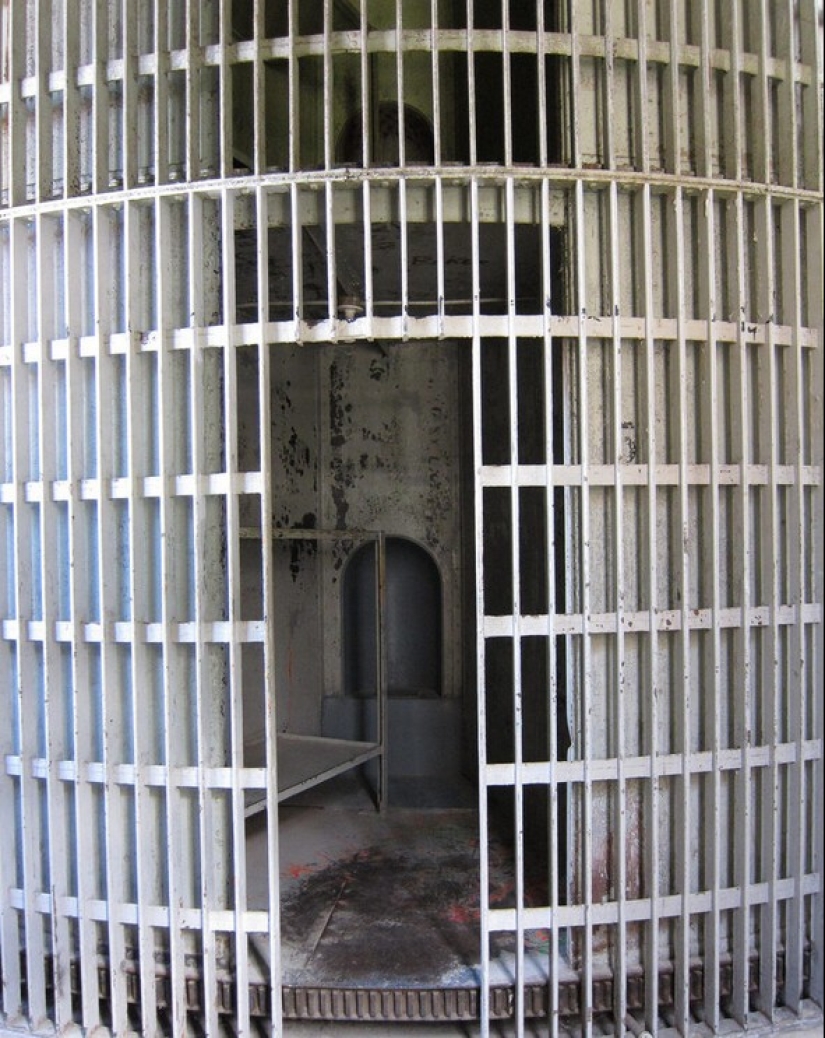
It is easy to guess that escape from such a dungeon was almost impossible. Having no windows, the prisoners were completely disoriented in space. An important factor helping to break a person's will was the triangular shape of the camera. Don't you believe it? Try to spend at least a day in a room where there is not a single right angle.
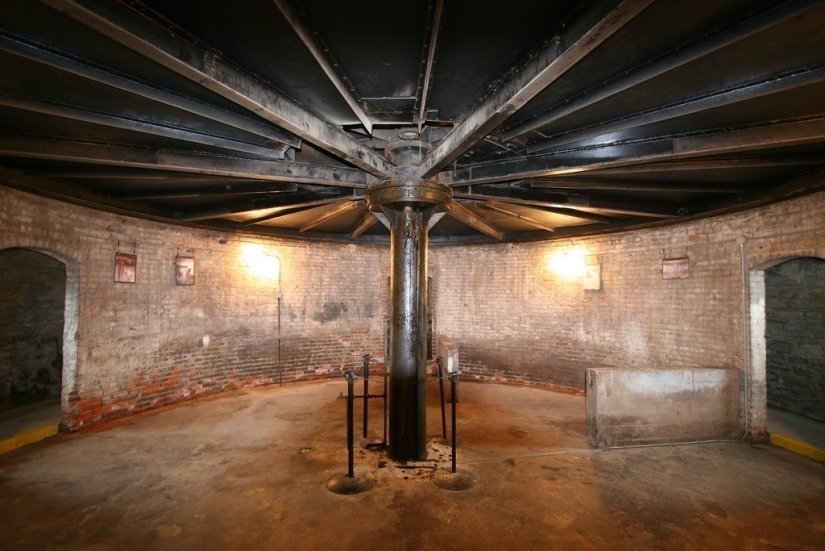
But in the event of a fire or flood, the probability of people dying increased many times. During the cataclysm, the guards saved their own skin, and did not twist the prison to release the bad guys one by one. Often all the guests of the cells died in fire, smoke or water. There were other problems, such as poor ventilation, difficulties with the sewer system and water supply.
In total, 18 such prisons have been built in the USA. Most of them were located in the disadvantaged Midwest. From the point of view of architecture and mechanics, such casemates were magnificent. Most often they were built two-storeyed, and one of the prisons, in Iowa, received as many as three floors.
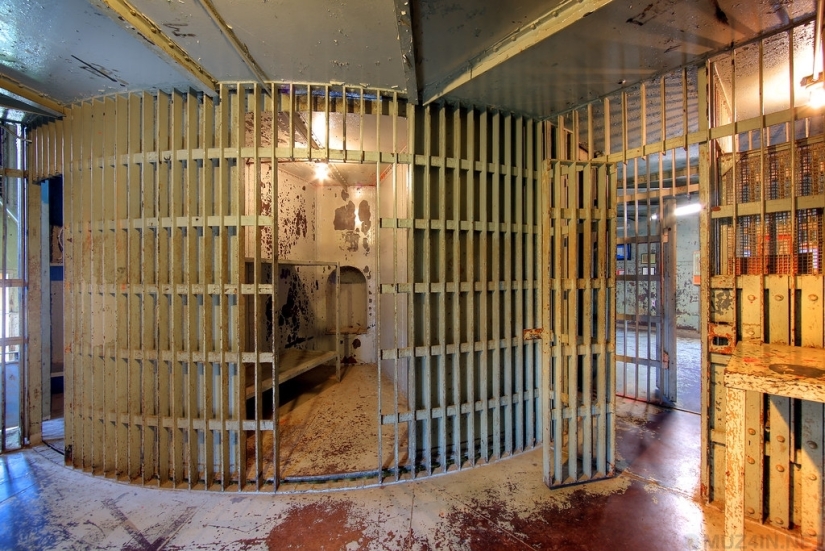
Times were changing and rotating prisons were gradually replaced by modern ones. But Brown's project turned out to be so successful that the last prison worked right up to 1975! Now there are 3 such buildings in the USA that have turned into local attractions. Revolving prisons in Montgomery County, Gallatin and Crawfordsville have been converted into museums, and tourists are willing to visit them. Specialists maintain the mechanisms in working order, so any dungeon can be turned around now.
Recent articles

See what uninhibited ladies looked like at the height of the American baby boom. In those days, there was no trace of silicone, and ...

We offer you a selection of interesting facts from a variety of fields of knowledge. How does our body react to sneezing? Where did ...

Imagine a forest where hundreds of pine trees seem to bow to an invisible force and remain frozen in this strange obeisance ...